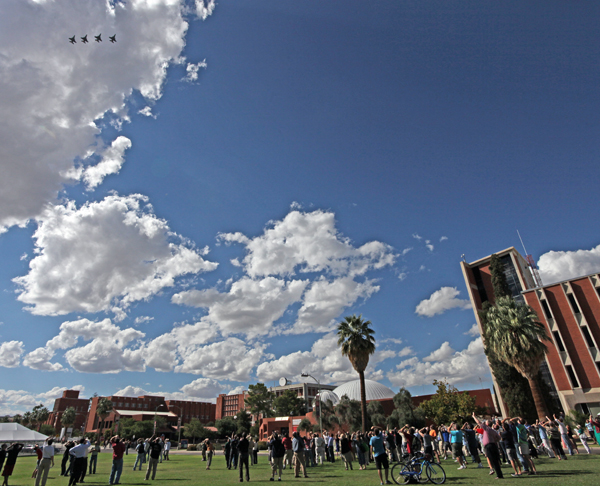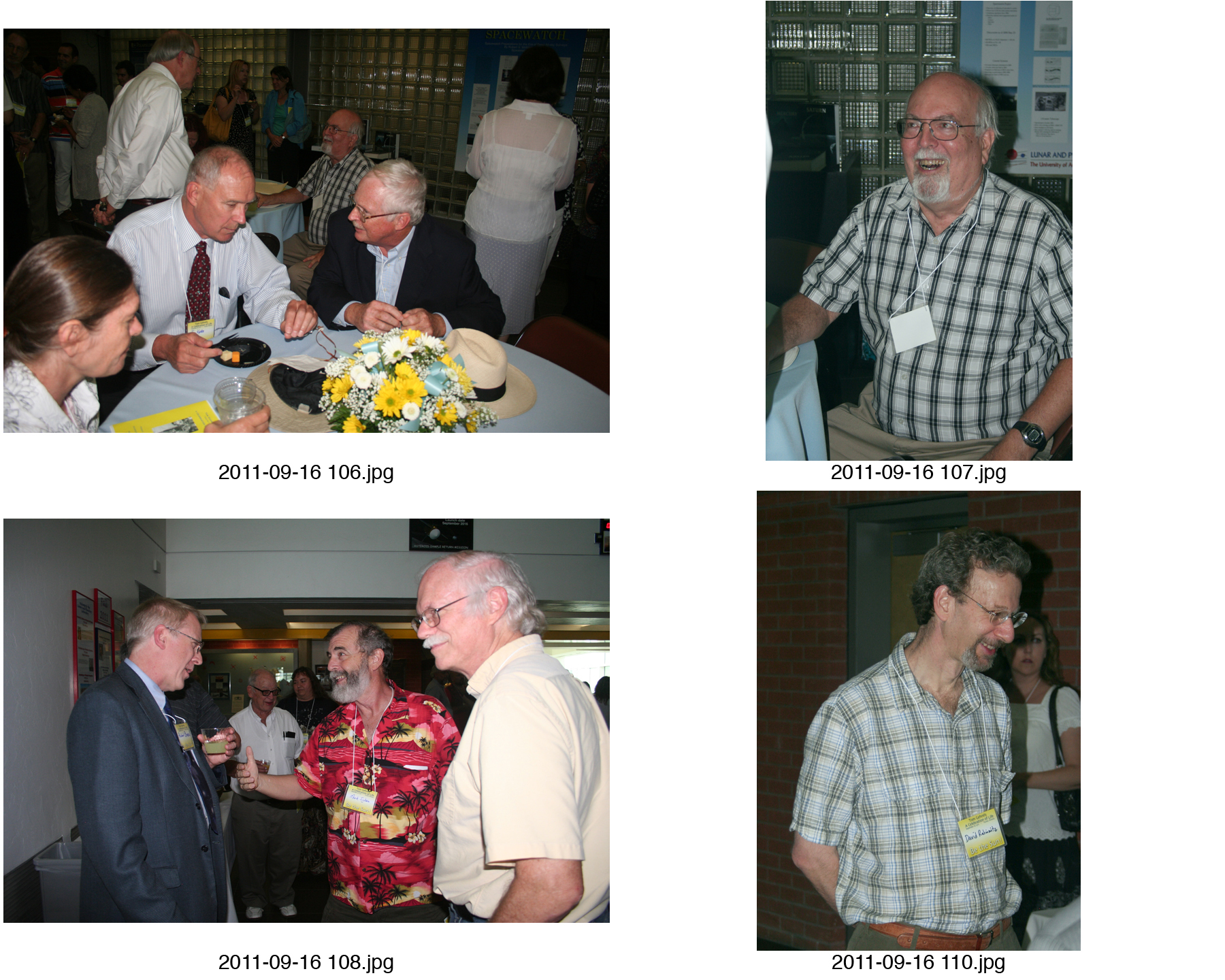On May 4, 2011, two new U.S. postage stamps commemorating 50 years of manned space flight were unveiled during a special event hosted by the Postal History Foundation, 920 N. First Ave. in Tucson.
The special ceremony was highlighted by remarks from Dr. Ann Sprague, a University of Arizona research scientist. Sprague is a member of the NASA science team involved with evaluating information currently being gathered about the planet Mercury from the unmanned MESSENGER spacecraft, shown on one of the two new "Forever" postage stamps. MESSENGER is conducting the first orbital study of our solar system's innermost planet.
The second stamp salutes the 50th anniversary of Project Mercury, NASA's first manned spaceflight program, and astronaut Alan Shepard's historic May 5, 1961, flight aboard the Freedom 7 spacecraft.
Items from the UA Lunar and Planetary Laboratory's collection of space mission artifacts and maps were also be on exhibit at the Postal History Foundation's Peggy Slusser Memorial Philatelic Library. These rarely-seen items include a giant 3-D map based on photographs taken of Mercury, and a globe detailing Mercury's geographic features, as known prior to the start of the MESSENGER's launch.
A special pictorial Tucson postmark was applied to envelopes and cards bearing the new stamps in celebration of the stamps' release.


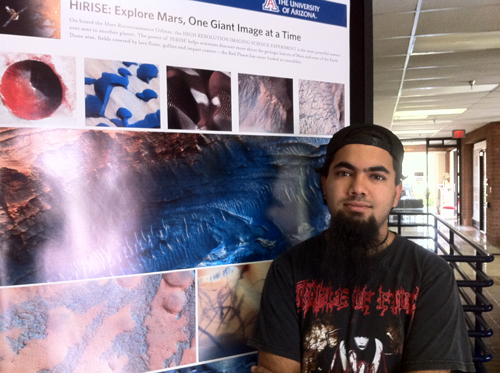 Kudos to undergraduate student Lujendra Ojha, who was chosen to display his research at the April 2011 Posters on the Hill event at the Rayburn House Office Building in Washington, D.C. "Posters on the Hill" is sponsored by the
Kudos to undergraduate student Lujendra Ojha, who was chosen to display his research at the April 2011 Posters on the Hill event at the Rayburn House Office Building in Washington, D.C. "Posters on the Hill" is sponsored by the 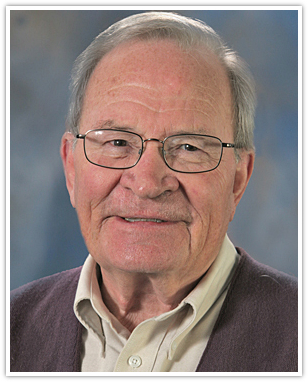 Join us in congratulating Professor Robert Strom! At a commencement ceremony held on Saturday, May 28, 2011, Professor Strom received an honorary doctorate of planetology from his alma mater, the University of Redlands. Congratulations, Dr. Strom!
Join us in congratulating Professor Robert Strom! At a commencement ceremony held on Saturday, May 28, 2011, Professor Strom received an honorary doctorate of planetology from his alma mater, the University of Redlands. Congratulations, Dr. Strom!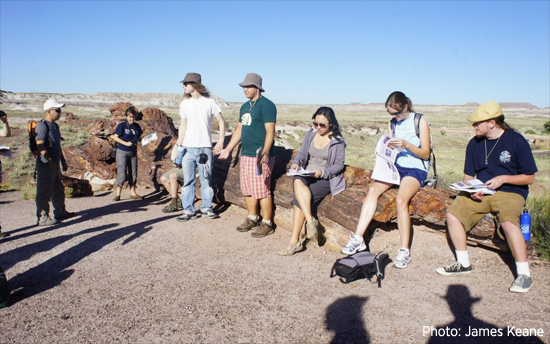
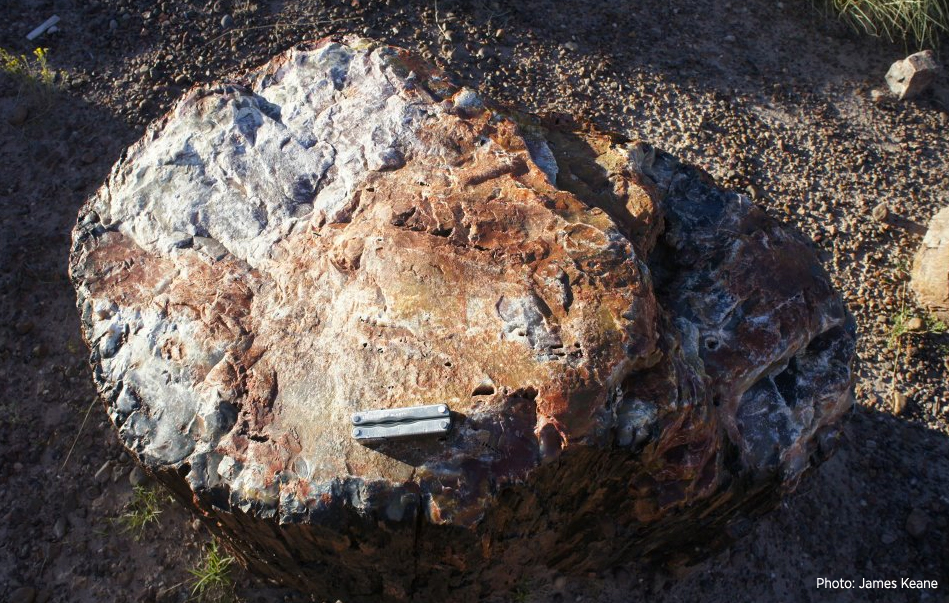
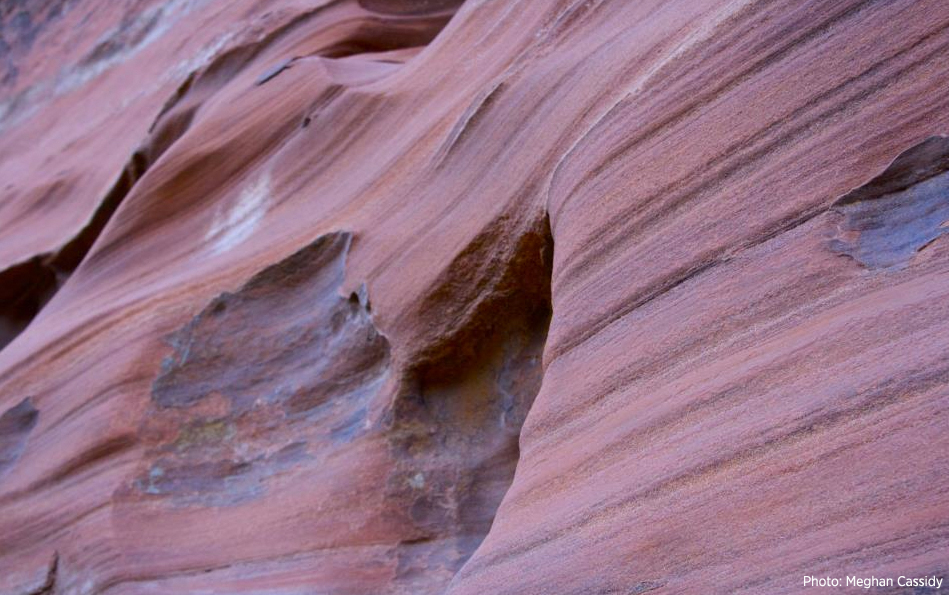
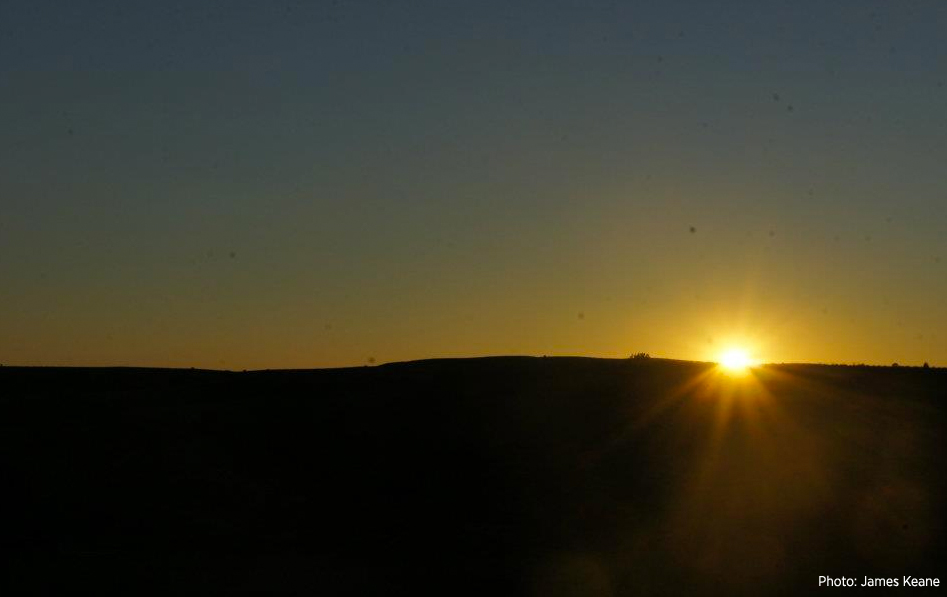
 Karen's life was characterized by a generosity of spirit, an uncommon warmth of personality, and a light-hearted sense of humor. A woman of many passions, Karen had a great love for nature and she pursued many outdoor adventures, particularly hiking. The breadth of Karen's life experiences also cemented in her a deep commitment to service to others both in Arizona and abroad. Her spirit, passion and philanthropy truly knew no borders. In Arizona, Karen worked for 17 years at the University of Arizona's Lunar and Planetary Laboratory. She was also a highly regarded graphic artist. Karen's loss will be felt deeply not just in Arizona and her home-state Nevada, as her life transcended cultures and geographies. She spent many of her latest years traveling and living abroad, in both Canada and Peru in support of her husband's work, and her years living in Peru were marked by her work to create positive social change. In the Peruvian and Canadian communities where she worked and was well known, Karen's loss will also continue to be deeply felt. Karen, born in Las Vegas, Nevada, passed away on June 28, 2011. She is survived by her husband, Andy; her parents, multiple siblings, nieces and nephews. Those who wish to honor Karen's memory and her immense contributions to the lives of so many can do so through donations in her name to Doctors without Borders.
Karen's life was characterized by a generosity of spirit, an uncommon warmth of personality, and a light-hearted sense of humor. A woman of many passions, Karen had a great love for nature and she pursued many outdoor adventures, particularly hiking. The breadth of Karen's life experiences also cemented in her a deep commitment to service to others both in Arizona and abroad. Her spirit, passion and philanthropy truly knew no borders. In Arizona, Karen worked for 17 years at the University of Arizona's Lunar and Planetary Laboratory. She was also a highly regarded graphic artist. Karen's loss will be felt deeply not just in Arizona and her home-state Nevada, as her life transcended cultures and geographies. She spent many of her latest years traveling and living abroad, in both Canada and Peru in support of her husband's work, and her years living in Peru were marked by her work to create positive social change. In the Peruvian and Canadian communities where she worked and was well known, Karen's loss will also continue to be deeply felt. Karen, born in Las Vegas, Nevada, passed away on June 28, 2011. She is survived by her husband, Andy; her parents, multiple siblings, nieces and nephews. Those who wish to honor Karen's memory and her immense contributions to the lives of so many can do so through donations in her name to Doctors without Borders.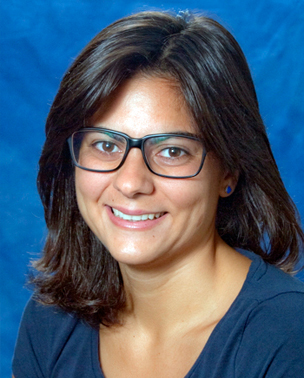 Elisabetta Rigliaco joined LPL in September as a post-doctoral researcher with Assistant Professor Ilaria Pascucci. Elisabetta received her Ph.D. at the University of Florence with a thesis on studies of accretion in young stars. Elisabetta's work at LPL will focus on characterizing the dispersal of protoplanetary disks and their evolution into planetary systems.
Elisabetta Rigliaco joined LPL in September as a post-doctoral researcher with Assistant Professor Ilaria Pascucci. Elisabetta received her Ph.D. at the University of Florence with a thesis on studies of accretion in young stars. Elisabetta's work at LPL will focus on characterizing the dispersal of protoplanetary disks and their evolution into planetary systems. 